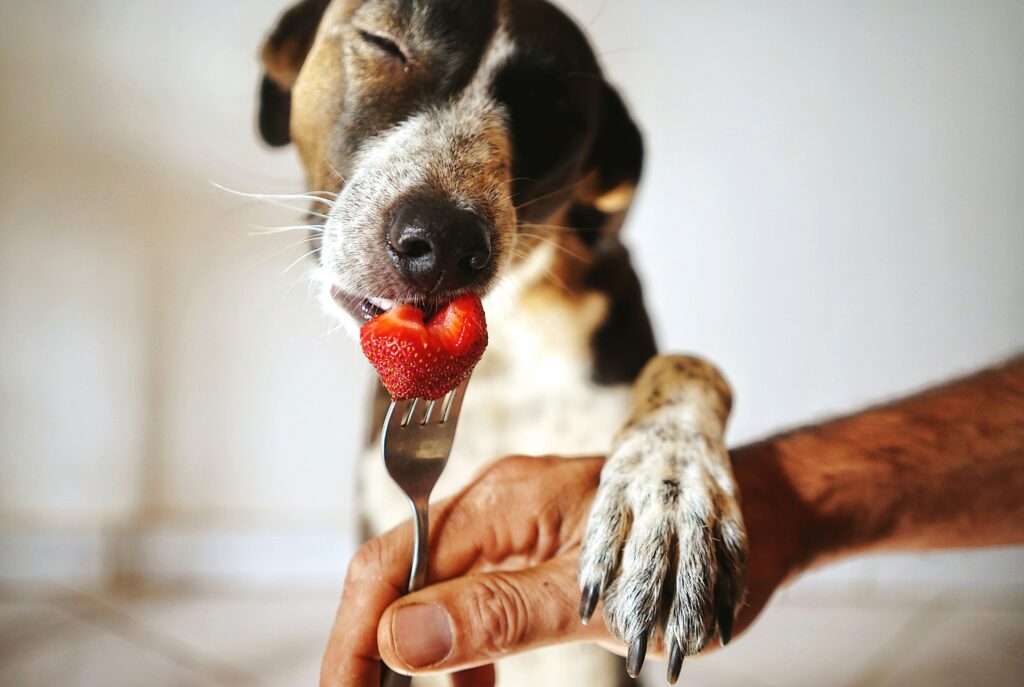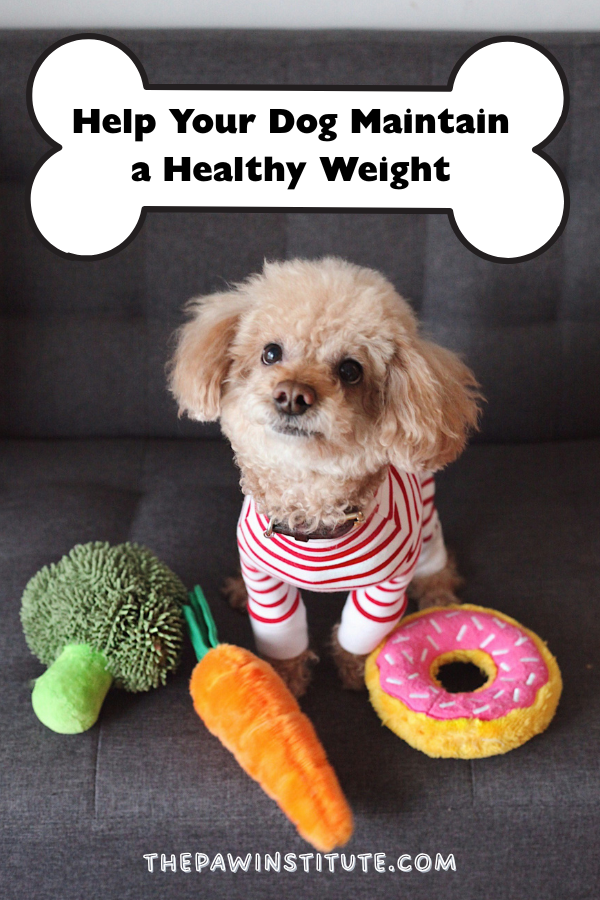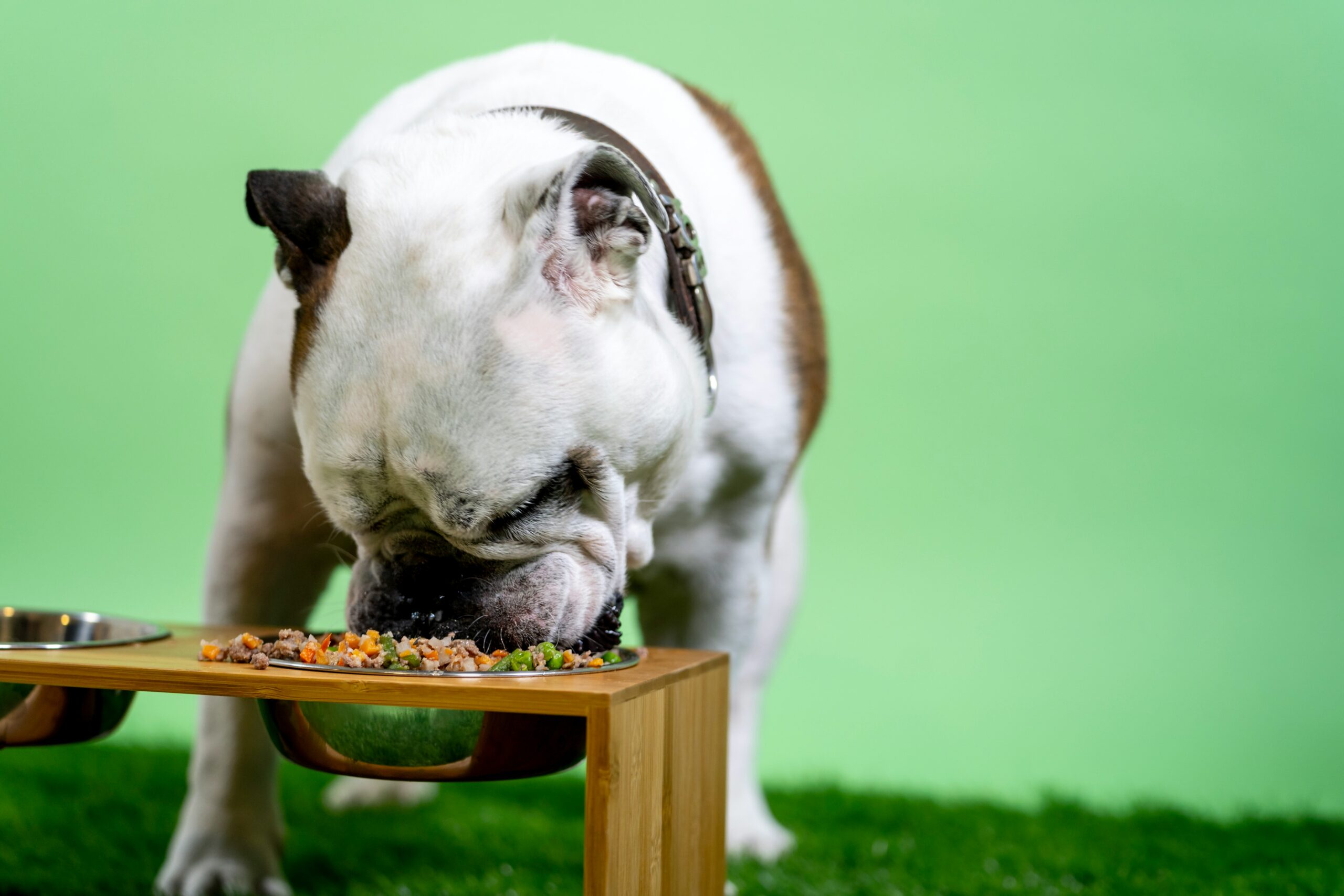How to Help Your Dog Maintain a Healthy Weight
Maintaining a healthy weight is one of the most important factors in ensuring your dog lives a long, active, and comfortable life. Just like humans, dogs can suffer from the effects of obesity, which include joint problems, heart disease, diabetes, and reduced lifespan. Overweight dogs are more prone to health issues and tend to live shorter lives than dogs who maintain an appropriate weight.
This comprehensive guide will walk you through how to assess your dog’s weight, make necessary changes, and sustain their healthy weight over time. We’ve all seen the memes of chunky animals; let’s make sure yours isn’t one of them.
Why a Healthy Weight Matters
Carrying excess weight puts added strain on your dog’s body, including their bones, joints, heart, and lungs. Dogs that are overweight or obese are at higher risk for:
- Osteoarthritis and other joint problems
- Diabetes
- Heart disease
- High blood pressure
- Respiratory issues
- Decreased immune function
- Shortened lifespan
Even a few extra pounds can significantly impact your dog’s health, especially for smaller breeds where slight weight gains represent a large percentage of their body mass. You’ll also find it’s easier to exercise your dog if they aren’t obese as they’ll have more energy and more zoomies.
How to Tell if Your Dog is Overweight
The best way to determine if your dog is overweight is through a combination of visual assessment, touch, and veterinary consultation. Here are some key steps:
- Check the Waistline: Look down at your dog from above. You should see an hourglass shape with a visible waist behind the ribs.
- Feel the Ribs: Run your hands along your dog’s sides. You should be able to feel the ribs easily without pressing hard, but they should not be protruding.
- Side View: When viewed from the side, your dog’s abdomen should tuck up toward the back legs rather than hanging down.
- Consult a Vet: Your veterinarian can help you determine an ideal weight and body condition score (BCS) for your dog’s specific breed, age, and build.
As pet owners we can be very cautious when it comes to our beloved companions and that’s why it’s important to have a pet plan in place so that you can get regular check ups at the vet without it costing you a fortune.
Common Causes of Canine Weight Gain
Several factors can contribute to weight gain in dogs:
- Overfeeding and excessive treats
- Lack of regular exercise
- Breed predispositions
- Hormonal imbalances or medical conditions
- Spaying or neutering (which can reduce metabolic rate)
- Aging and decreased activity levels
Understanding the causes is essential for creating an effective weight management plan. We all know that dogs get treats just because they’re cute but at the same time if you’re going to be giving them loads of treats, make sure they get exercise or look for healthier treats they might enjoy instead.
Steps to Help Your Dog Maintain or Reach a Healthy Weight
Evaluate and Adjust Diet
- Choose the Right Food: Select high-quality dog food appropriate for your dog’s age, size, activity level, and health needs. Weight management formulas can help dogs lose or maintain weight safely.
- Measure Portions: Use a measuring cup to provide consistent, controlled portions. Feeding based on rough estimates often leads to overfeeding. This is something the vet recommends, especially as your dog ages.
- Limit Treats: Treats should account for no more than 10% of your dog’s daily calorie intake. Opt for low-calorie or healthy alternatives like carrot sticks, green beans, or apple slices.
- Avoid Table Scraps: Human food is often too calorie-dense for dogs and can lead to weight gain. We give our dogs eggs, which are good for their fur and fish (tuna, sardines and mackerel), which is great for their skin. If your dog has dry skin, keep fish in mind.
Increase Physical Activity
Regular exercise is vital for burning calories and maintaining muscle tone.
- Daily Walks: Ensure your dog gets at least one to two daily walks, tailored to their age and breed.
- Interactive Play: Engage your dog in active games such as fetch, tug-of-war, or agility exercises.
- Mental Enrichment: Use puzzle toys and training exercises to keep your dog’s mind engaged, which can also help prevent boredom-related overeating.
If you find yourself leaving your dog for long periods of time during the day while you’re out or at work, consider a dog daycare where they’ll socially interact and get in their daily exercise. Plus, with doggy daycare they’ll be super tired at home and easier to love.
Monitor Weight Consistently
- Weigh your dog every two to four weeks to track progress.
- Keep a simple journal of weight, food portions, and exercise levels.
- Adjust feeding amounts or activity as needed based on changes in weight.
If you have a pet plan and have regular check-ups, they’ll track your dog’s weight, which is something we really value. If you haven’t already, check out the pet health plan we use, which is part of Vet Partners through our local vets.
Consider Special Needs
Some dogs require specific considerations:
- Senior Dogs: Older dogs are often less active, so their caloric intake may need to be reduced.
- Arthritic Dogs: Low-impact exercises like swimming can help maintain fitness without worsening joint pain.
- Small Breeds: Toy breeds gain weight easily with even minor overfeeding.
Always consult with your veterinarian before making significant dietary or exercise changes, especially for dogs with health conditions. If you are thinking about adopting a dog with special needs this is something to consider along with any other measures that need putting in place.
Warning Signs of Unhealthy Weight Gain
Be alert for signs that your dog may be gaining unhealthy weight:
- Loss of visible waistline
- Difficulty walking, running, or jumping
- Heavy breathing or intolerance to exercise
- Reluctance to move or increased sleeping
- Ribs difficult to feel beneath fat
If you notice these signs, schedule a veterinary check-up promptly. You might be thinking, that’s going to cost a fortune but if you have a pet plan, the costs are a lot less. Take a look at the pet plan we use, it’s Pet Health Plan from Vets Partners.
How to Support Safe Weight Loss
If your dog is already overweight, a gradual and steady approach is best:
- Aim for slow weight loss – generally 1-2% of body weight per week.
- Switch to a lower-calorie or weight-loss-specific diet as recommended by your vet.
- Increase exercise gradually to avoid injury or exhaustion.
Crash diets or sudden increases in activity can do more harm than good, so consistency and moderation are key. Think about their treats and swap some for healthier alternatives, and get them exercising more. It’s all about how you can change their routine but don’t hinder a dog’s growth or development.

Helping your dog maintain a healthy weight is one of the most loving things you can do as a pet owner. A balanced diet, regular exercise, and consistent monitoring will help your dog stay fit, healthy, and full of life for years to come. Always work closely with your veterinarian to develop the best plan tailored to your dog’s specific needs.
With the right care and attention, your dog can thrive, no matter the number on the scale. Hopefully, the tips in this post will help ensure that your dog maintains a healthy diet, gets the exercise they need and can live a long and healthy life.


